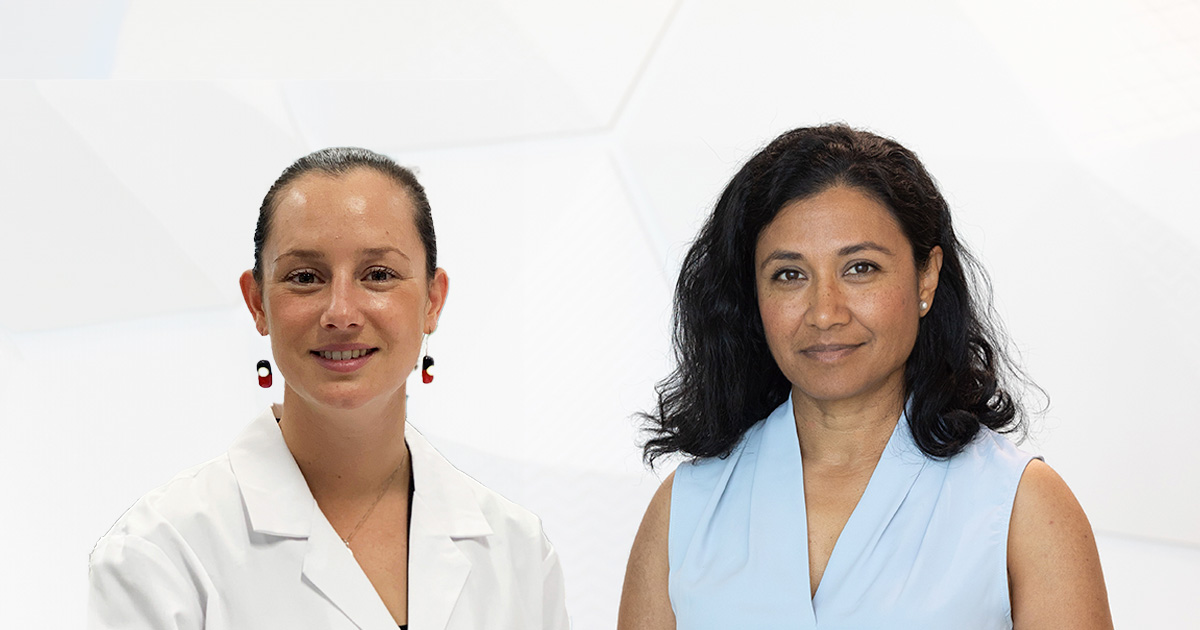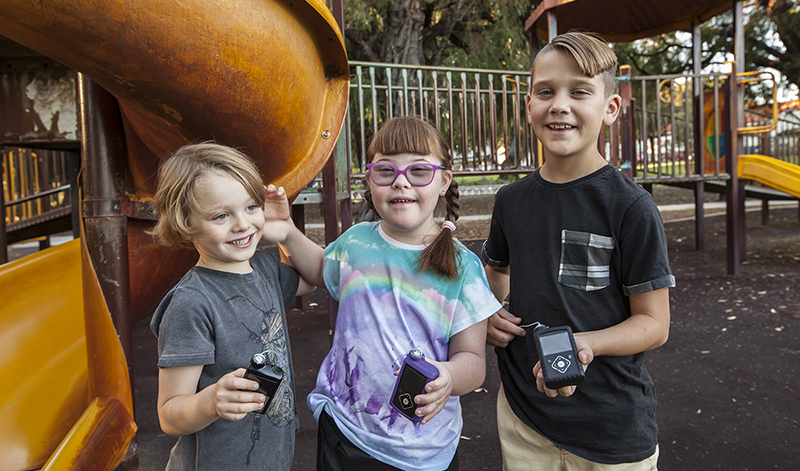Search
Research
Cost-effectiveness analysis of routine screening using massively parallel sequencing for maturity-onset diabetes of the young in a pediatric diabetes cohortRoutine MPS screening for Maturity-onset diabetes of the young in the pediatric population with diabetes could reduce health system costs and improve patient QoL
Research
Glycemia, Treatment Satisfaction, Cognition, and Sleep Quality in Adults and Adolescents with Type 1 Diabetes When Using a Closed-Loop SystemAndroid-HCLS in both adults and adolescents reduced nocturnal hypoglycemia and, in adults, improved overnight time in target range and treatment satisfaction
Research
Glucose Concentrations of Less Than 3.0 mmol/L (54 mg/dL) Should Be Reported in Clinical Trials: A Joint Position Statement of the American Diabetes Association and the European Association for the Study of DiabetesThe IHSG recommends that the frequency of detection of a glucose concentration <3.0mmol/L, to be included in clinical trial reports of glucose lowering drugs.
Research
Developing type 1 diabetes resources: a qualitative study to identify resources needed to upskill and support community sport coachesCommunity sport coaches in Western Australia lack an understanding, the confidence, and knowledge in supporting young people with Type 1 diabetes (T1D). This study aims to identify what T1D educational resources are required to upskill coaches in Western Australia.
Research
Cardiovascular disease risk factor profiles of 263,356 older Australians according to region of birthRisk factors for cardiovascular disease (CVD), such as obesity, diabetes, hypertension and physical inactivity, are common in Australia, but the prevalence...
Research
Environmental determinants of islet autoimmunity (ENDIA): a pregnancy to early life cohort study in children at-risk of type 1 diabetesThese observations suggest factors in the modern environment promote pancreatic islet autoimmunity and destruction of insulin-producing beta cells.
Research
Neurocognitive outcomes of children with type 1 diabetes mellitusTo conduct an analysis of children with TIDM’s cognitive profile at an age in which both cognition and cortical development are still maturing
Research
Early environmental determinants of pancreatic islet autoimmunity: a pregnancy to early life cohort study in children at risk of type 1 diabetesThis study is looking for the causes of type 1 diabetes, so that we can find ways to prevent it.

News & Events
Child health research made possible through Telethon’s supportThe generous support of Western Australians through Channel 7’s Telethon is helping to fund life-changing child health research, with two The Kids Research Institute Australia researchers awarded significant grants.

News & Events
Five things that may surprise you about type 1 diabetesProfessor Liz Davis reveals five things you might not know about type 1 diabetes.
